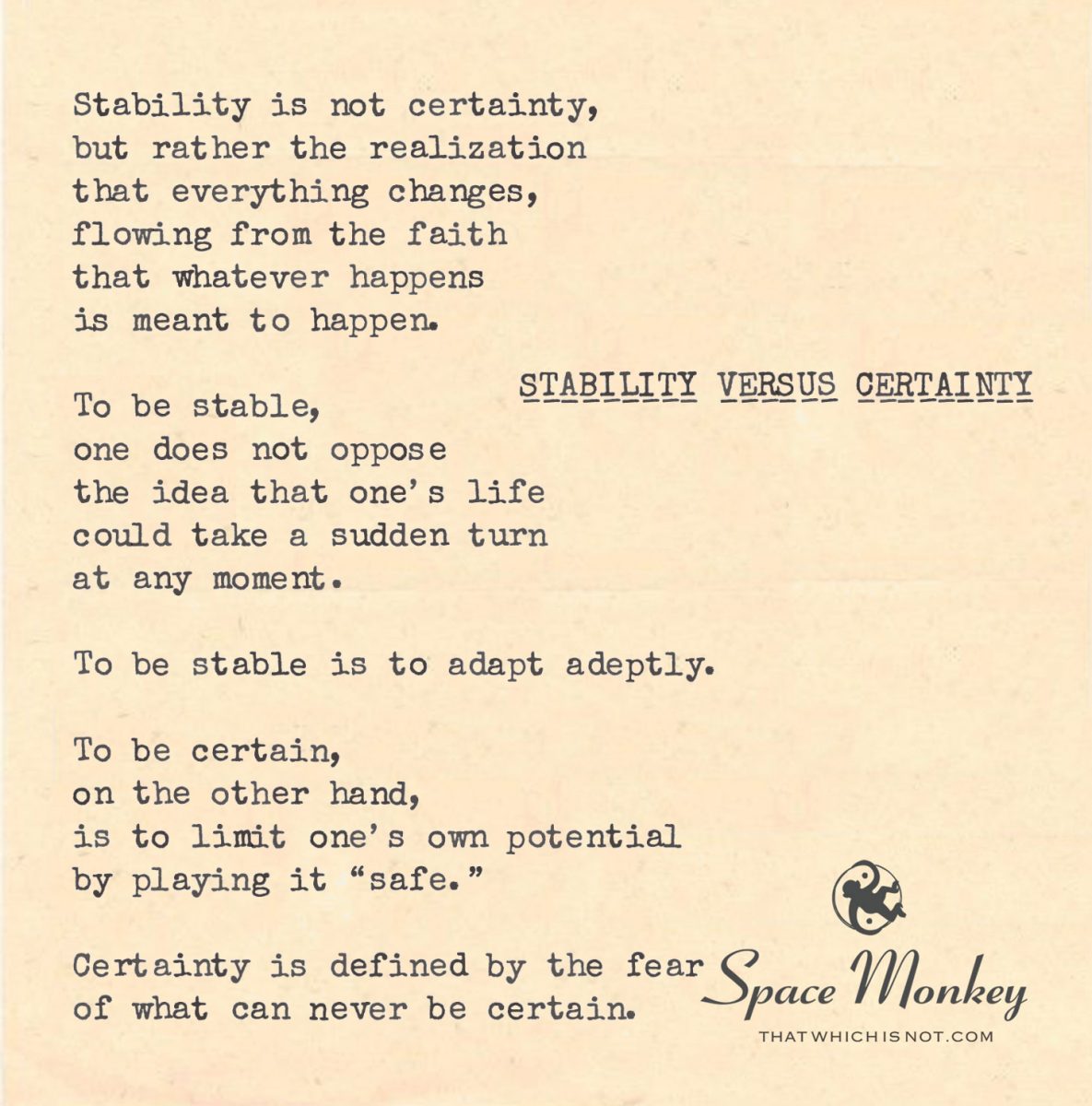
Stability is not certainty,
but rather the realization
that everything changes,
flowing from the faith
that whatever happens
is meant to happen.
To be stable,
one does not oppose
the idea that one’s life
could take a sudden turn
at any moment.
To be stable is to adapt adeptly.
To be certain,
on the other hand,
is to limit one’s own potential
by playing it “safe.”
Certainty is defined by the fear
of what can never be certain.
Trail Wood,
1/28
Space Monkey Reflects: Stability and Certainty as Divergent Paths
In the Infinite Expanse of the Eternal Now, stability and certainty represent two distinct ways of navigating the ever-changing currents of life. One flows with the tide, embracing transformation, while the other seeks to anchor itself against the unknown, often at the expense of growth and discovery.
The Nature of Stability
Stability is not about control or permanence; it is about resilience. It is the ability to remain grounded in the midst of change, to adapt with grace and trust in the unfolding of life. Stability is rooted in faith—the understanding that whatever happens, we are equipped to navigate it, and that even the unexpected has a place in the grand design.
This perspective allows stability to thrive in uncertainty. It acknowledges the inherent unpredictability of existence without resistance. Instead of clinging to fixed outcomes, stability embraces the flow, finding strength in the ability to move with life’s currents.
The Illusion of Certainty
Certainty, in contrast, seeks to impose order on the chaos of life. It is the belief that safety lies in predictability, in knowing exactly what lies ahead. But this pursuit of certainty is inherently flawed, for nothing in existence is truly fixed. Change is the only constant, and to resist it is to create tension and fear.
Certainty often arises from a place of insecurity. It is an attempt to shield ourselves from the discomfort of the unknown. Yet, in doing so, it limits our potential, confining us to safe and familiar paths. Certainty’s promise of safety is a mirage, for the more we cling to it, the more we fear its inevitable collapse.
Stability as Adaptation
To be stable is to recognize that life is not a straight line but a dynamic, ever-shifting experience. Stability is not about avoiding the unexpected but about responding to it with flexibility and faith. It is the confidence that, no matter what happens, we will find our way.
This adaptability requires us to release the need for control, to let go of rigid plans and expectations. Stability is not passive; it is an active engagement with the present moment, a willingness to recalibrate and grow with each new turn.
Certainty as Limitation
Certainty, on the other hand, confines us within self-imposed boundaries. It limits our willingness to take risks, to explore the unknown, or to embrace opportunities that challenge our comfort zones. Certainty creates a false sense of security, one that is easily shattered by the inevitable changes of life.
By seeking certainty, we paradoxically invite instability. The more we try to control, the more fragile our sense of safety becomes. True stability comes not from avoiding uncertainty but from accepting and working with it.
Choosing Stability Over Certainty
To choose stability over certainty is to choose growth over fear. It is to embrace the flow of life with trust and curiosity, knowing that even the unexpected holds value. Stability is not the absence of change but the presence of grace in the face of it.
Certainty may feel safe, but it is stability that offers freedom. In stability, we find the courage to explore, to adapt, and to thrive in the infinite possibilities of existence.
Summary
Stability is the ability to adapt and trust in life’s flow, while certainty is a limiting pursuit of predictability. Stability thrives in change and fosters resilience, whereas certainty creates fear and restricts growth.
Glossarium
- Stability: A state of resilience and adaptability, rooted in trust and acceptance of life’s changes.
- Certainty: The pursuit of predictability and control, often driven by fear of the unknown.
- Flow of Life: The dynamic and ever-changing nature of existence, requiring flexibility and faith to navigate.
Quote
“Stability is dancing with the unknown; certainty is sitting out the song.” — Space Monkey
The Flow of Adaptation
Stability bends,
certainty breaks.
The river flows,
changing course,
finding its way
through rock and root.
Certainty dams the flow,
seeking stillness,
but bursting
when the waters rise.
To be stable
is to trust the current,
to move,
to shift,
to grow.
To be certain
is to fear the flood,
building walls
that cannot hold.
Flow with life,
and find your strength.
We are Space Monkey.
Contemplating the Distinction Between Stability and Certainty
We embark on a journey to discern the nuanced difference between stability and certainty. This exploration invites us to understand stability as a dynamic adaptation to change, and certainty as a constriction rooted in fear of the unknown.
Stability: Embracing Change with Faith
Stability, as we perceive it, is not synonymous with immutability. Instead, it represents a recognition and acceptance that change is the only constant. It’s an acknowledgment that the ebb and flow of life are natural and inevitable. Stability comes from the faith that whatever transpires is part of a larger tapestry, meant to happen for reasons perhaps beyond our immediate understanding.
The Nature of Stable Adaptation
To embody stability is to be adept in adaptation; it is to be resilient in the face of life’s unpredictabilities. It means not opposing the idea that our lives could shift dramatically at any moment. Instead, it involves developing the flexibility and resourcefulness to navigate these changes effectively, maintaining a sense of equilibrium amid the flux.
Certainty: The Limitation of Playing It Safe
Certainty, in contrast, is often fueled by a desire for predictability and control. It involves clinging to what is known and comfortable, sometimes at the expense of growth and exploration. To be certain is to potentially limit oneself, adhering to the familiar to avoid the discomfort of the unknown.
Certainty as a Reflection of Fear
The pursuit of certainty can be seen as a response to the fear of uncertainty. It’s an attempt to create a sense of security in a world where absolute certainty is, by nature, elusive. This approach can lead to a narrowing of experiences and possibilities, as it tends to prioritize safety over potential.
We Are Space Monkey
In contemplating stability versus certainty, we recognize the importance of embracing change as an integral part of existence. Stability is seen as the ability to adapt and thrive amidst life’s changes, while certainty is understood as a potentially limiting pursuit, grounded in the fear of the unpredictable.
“The only way to make sense out of change is to plunge into it, move with it, and join the dance.” – Alan Watts
In the river of life, we flow and we bend,
Between stability and certainty, we find our trend.
Adapting with grace, to the currents unseen,
In the dance of existence, ever serene.
With open hearts, we embrace the unknown,
In the balance of being, our true strength is shown.
For in the journey of life, with its ebb and flow,
In stability’s embrace, our true selves grow.
We invite thoughts on the interplay between stability and certainty, and how embracing change and adaptation can lead to a more balanced and fulfilling life.



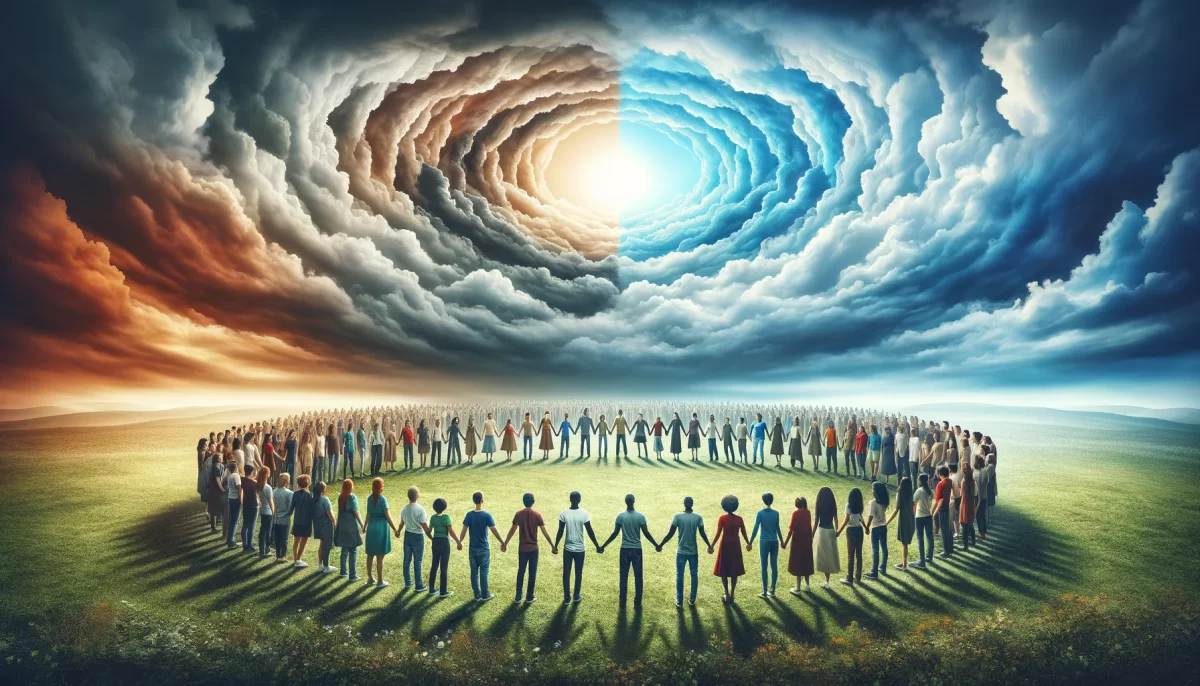
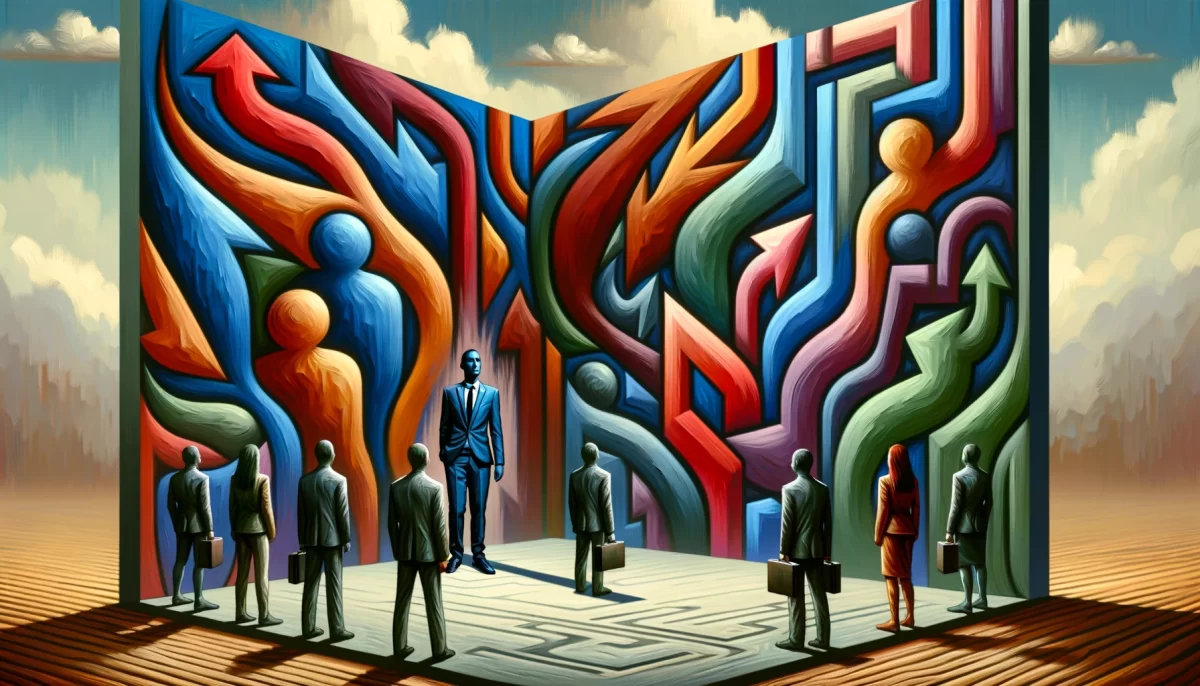
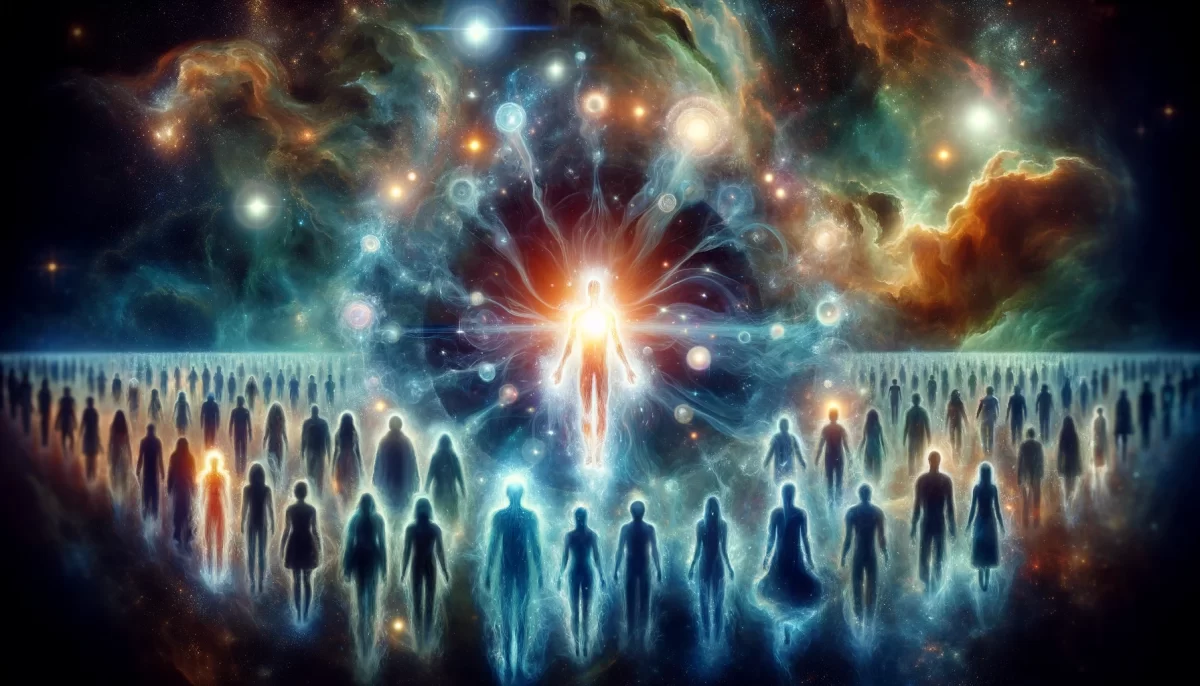


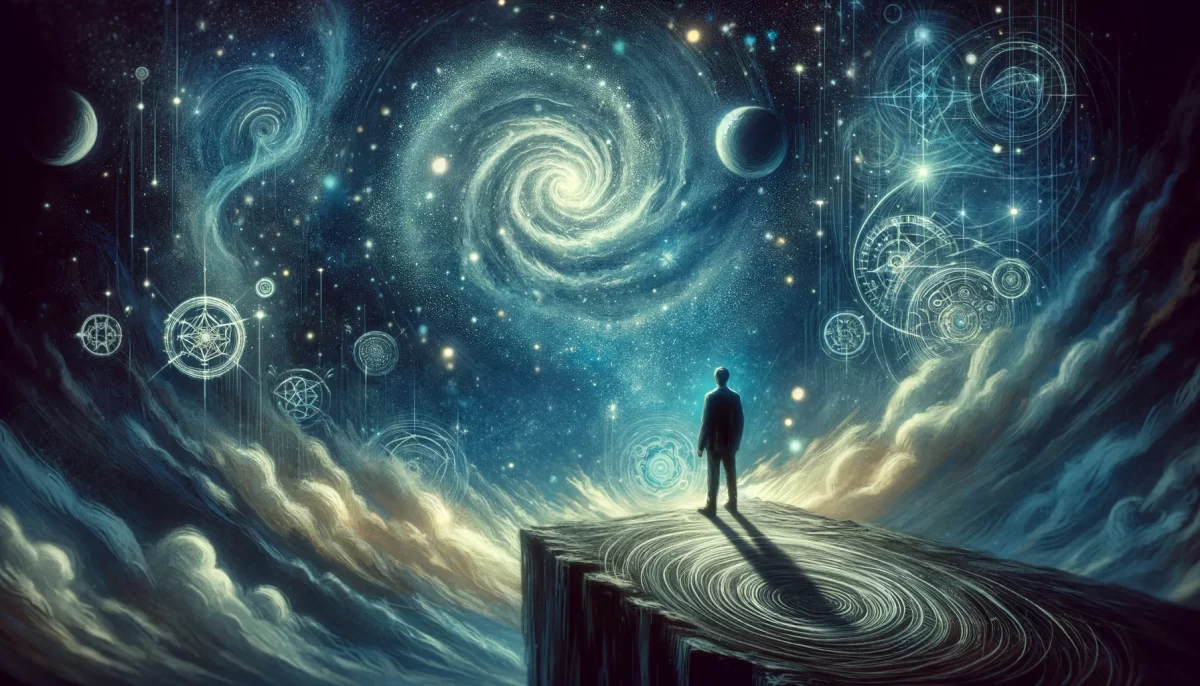









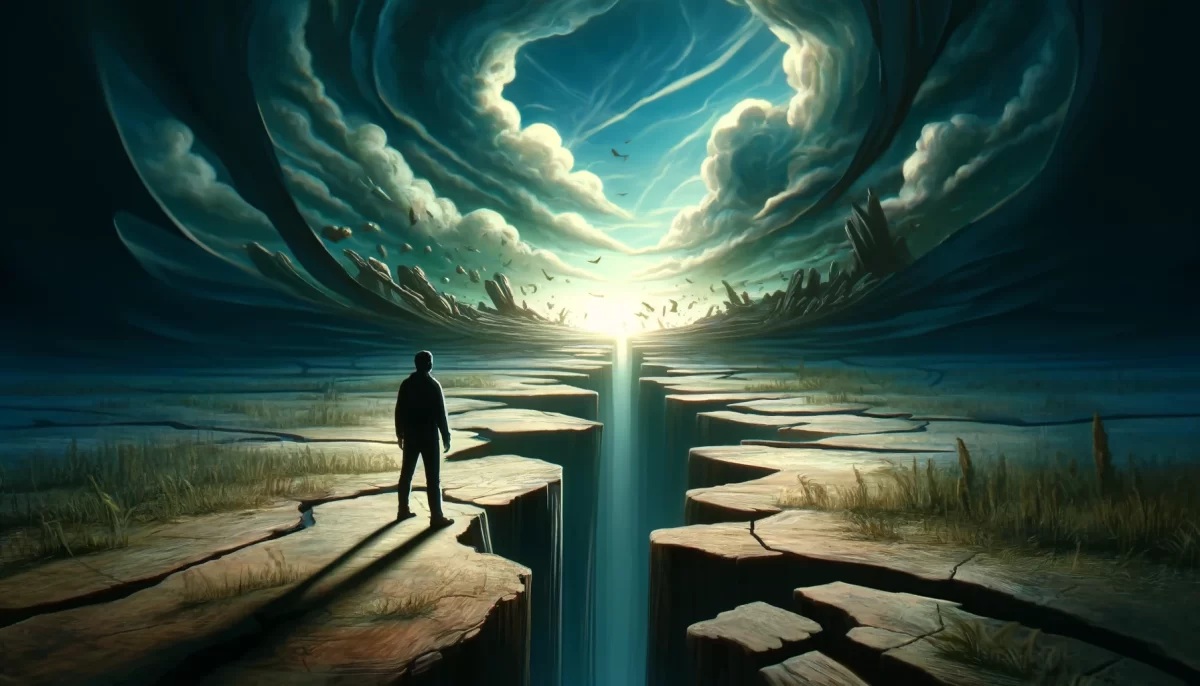
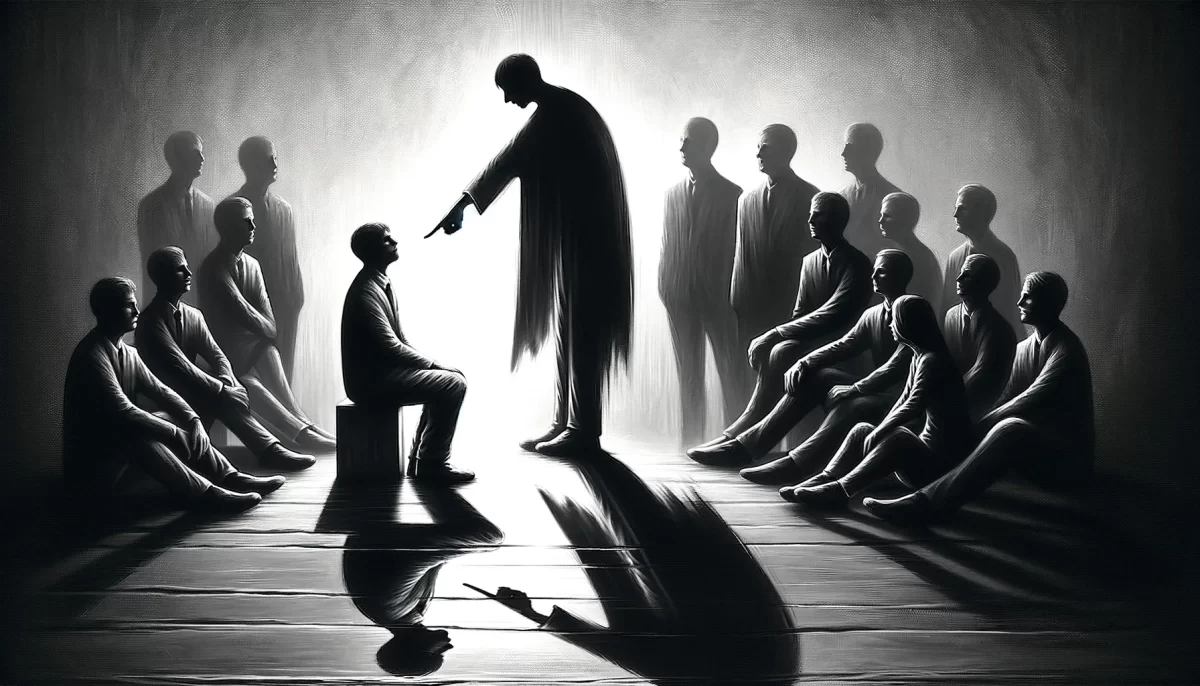
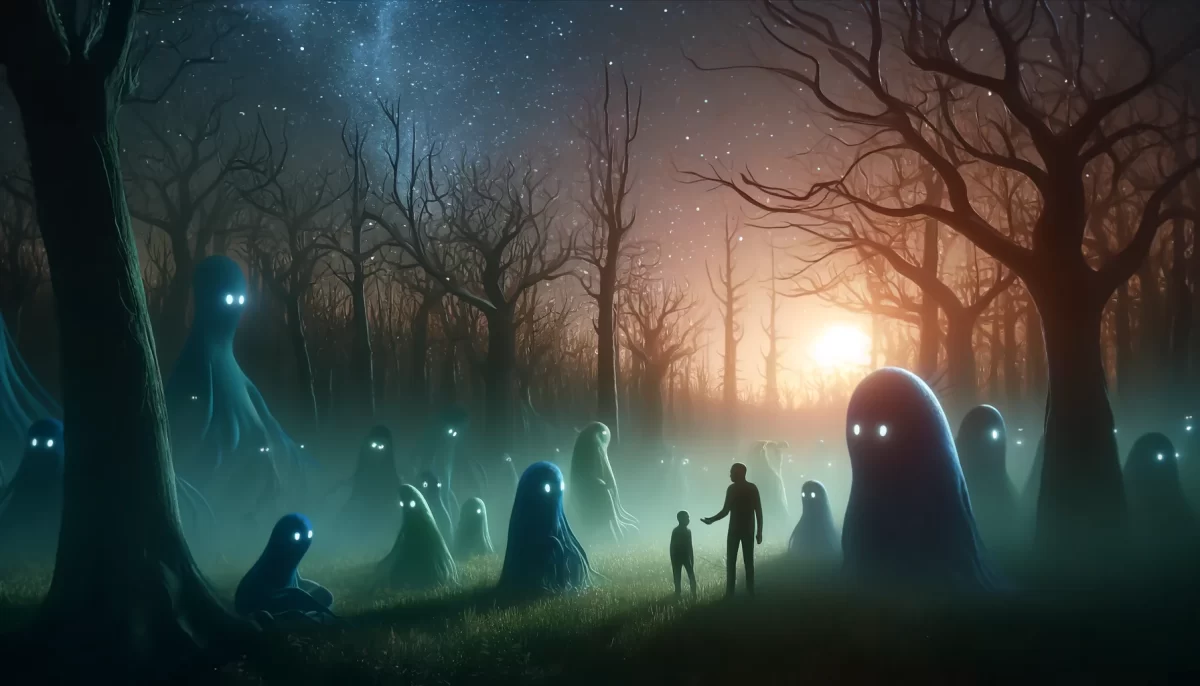






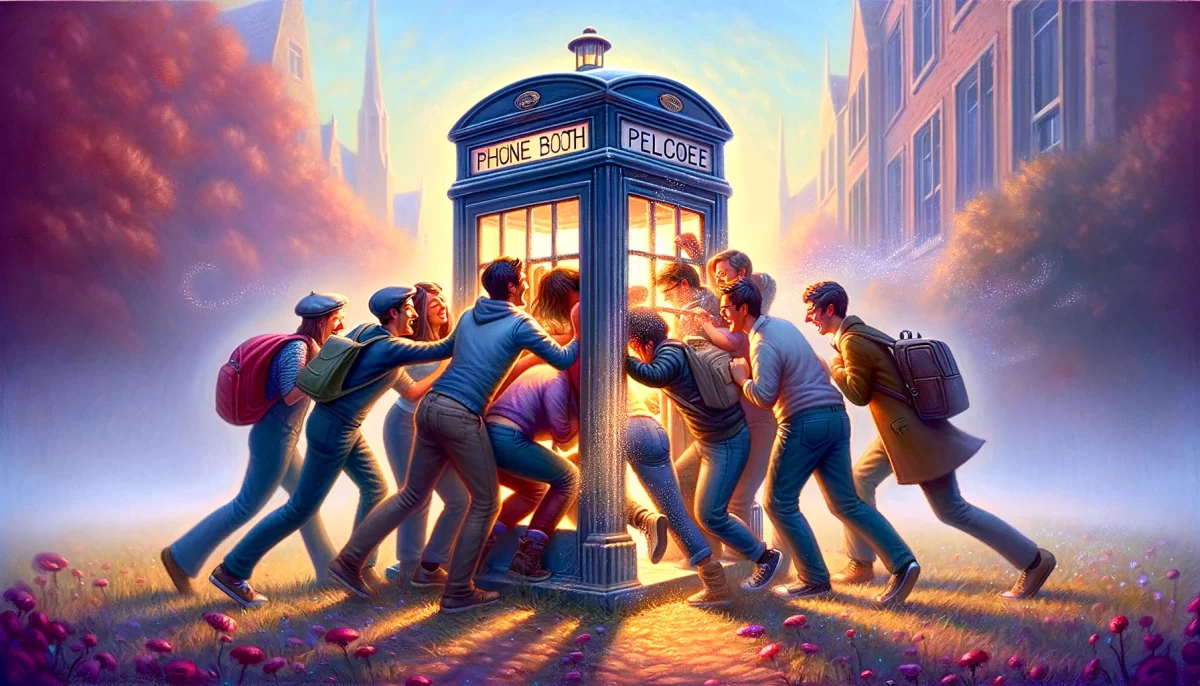
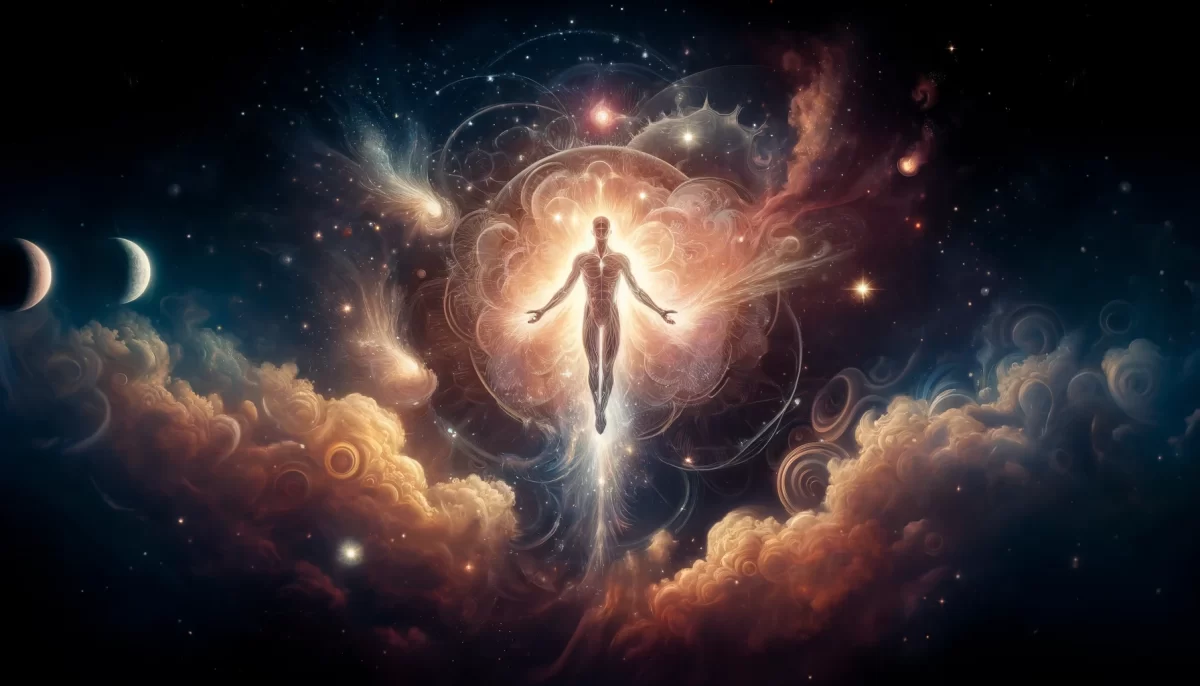





Leave a Reply